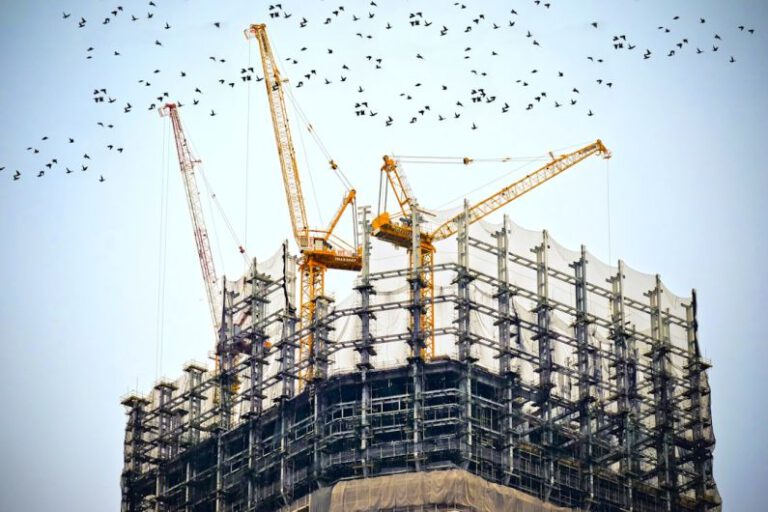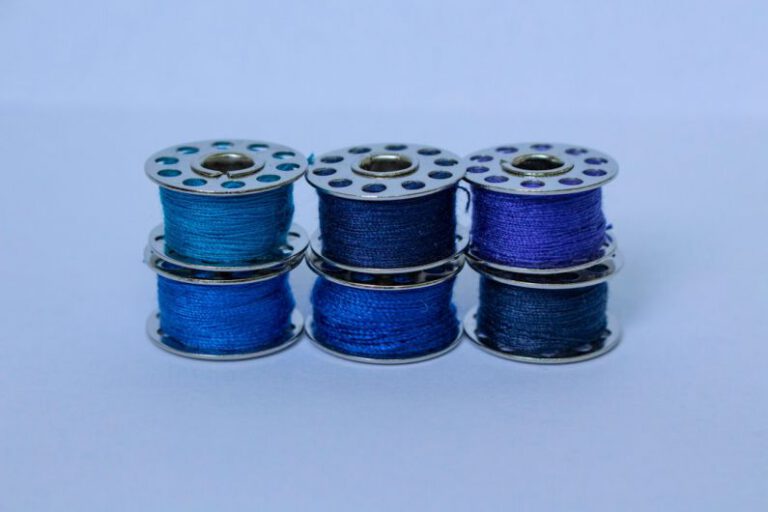What Are Self-healing Materials and How Can They Revolutionize Construction?
In the realm of construction, where durability and longevity are paramount, the emergence of self-healing materials has sparked a wave of excitement and innovation. These materials possess the remarkable ability to repair themselves when damaged, offering a potential solution to the age-old problem of structural wear and tear. By harnessing the power of self-healing technologies, the construction industry stands poised to undergo a profound transformation, ushering in a new era of sustainability and resilience. So, what are self-healing materials, and how can they revolutionize construction?
**The Concept of Self-healing Materials**
At their core, self-healing materials are engineered to mimic the regenerative capabilities found in nature. Inspired by biological systems such as the human body, these innovative materials have the ability to autonomously repair cracks, fractures, and other forms of damage without the need for external intervention. This self-repair process can be triggered by various stimuli, such as heat, light, moisture, or even mechanical force, depending on the specific design of the material.
**Applications in Construction**
The potential applications of self-healing materials in construction are vast and varied. From bridges and roads to buildings and infrastructure, these materials offer a promising solution to common issues such as corrosion, cracking, and degradation. By incorporating self-healing technologies into construction projects, engineers and architects can create structures that are more durable, sustainable, and cost-effective in the long run.
**Enhanced Durability and Longevity**
One of the key benefits of self-healing materials is their ability to significantly extend the lifespan of structures. By continuously repairing any damage that occurs over time, these materials can prevent small issues from escalating into larger problems, ultimately prolonging the overall durability of the construction. This increased longevity not only reduces maintenance costs but also enhances the safety and reliability of the built environment.
**Improved Sustainability**
In an era where sustainability is a top priority, self-healing materials offer a greener alternative to traditional construction methods. By reducing the need for frequent repairs and replacements, these materials can help minimize waste and resource consumption, ultimately lowering the environmental impact of construction projects. Additionally, the longevity of self-healing structures can contribute to a more sustainable built environment by reducing the overall carbon footprint of the construction industry.
**Resilience to External Factors**
Self-healing materials also exhibit a high degree of resilience to external factors such as weathering, chemical exposure, and mechanical stress. By actively repairing themselves in response to damage, these materials can maintain their structural integrity in the face of harsh environmental conditions, ensuring that buildings and infrastructure remain safe and functional over time. This enhanced resilience can be particularly valuable in regions prone to natural disasters or extreme weather events.
**The Future of Construction**
As research and development in the field of self-healing materials continue to advance, the future of construction looks increasingly promising. By integrating these innovative materials into building designs, engineers can create structures that are not only more durable and sustainable but also more adaptable to the challenges of the modern world. From bridges that repair themselves after an earthquake to buildings that heal cracks caused by temperature fluctuations, the possibilities for self-healing materials in construction are truly limitless.
**Innovating Tomorrow’s Infrastructure**
In conclusion, self-healing materials have the potential to revolutionize the construction industry by offering a revolutionary approach to building design and maintenance. With their ability to repair damage autonomously and enhance the durability, sustainability, and resilience of structures, these materials represent a significant step forward in the quest for more efficient and environmentally friendly construction practices. As we look to the future, the widespread adoption of self-healing technologies promises to transform the way we think about infrastructure, paving the way for a more resilient and sustainable built environment for generations to come.






